Boost Your Windows Bids – Request a Precision Estimate!
- Accurancy
- Efficiency
- Transparency
- Customization
- Time Saving
- Professionalism
- Cost Control
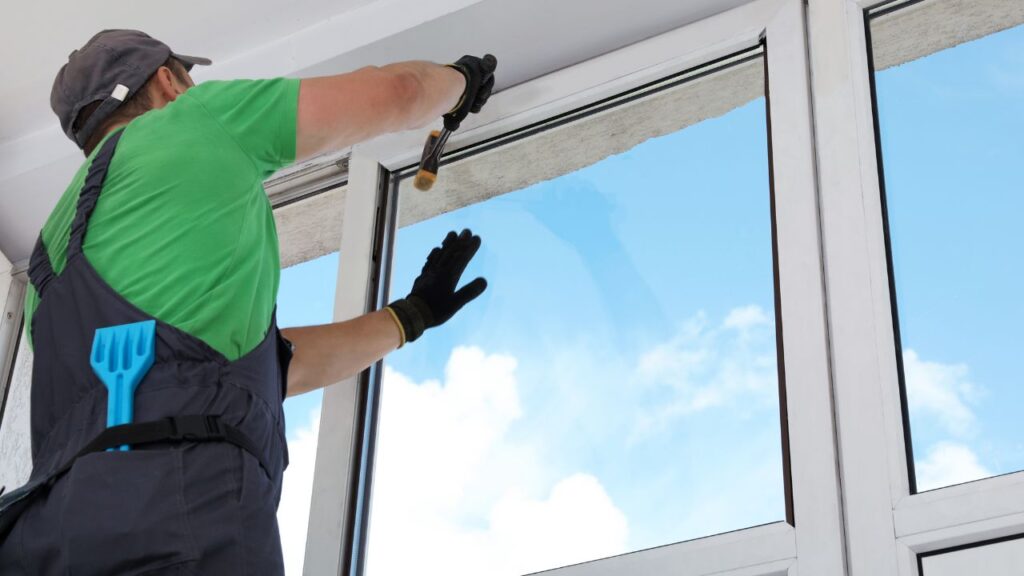
High-rise construction projects present unique challenges, and among the critical considerations is estimating the cost of window installation. Windows are not only essential for the aesthetics of a high-rise building but also play a crucial role in energy efficiency and overall functionality. Accurate cost estimation is imperative for effective financial planning, resource allocation, and successful project management. In this comprehensive guide, we will delve into the key factors influencing high-rise building window installation costs and provide a step-by-step approach to creating a precise cost estimate.
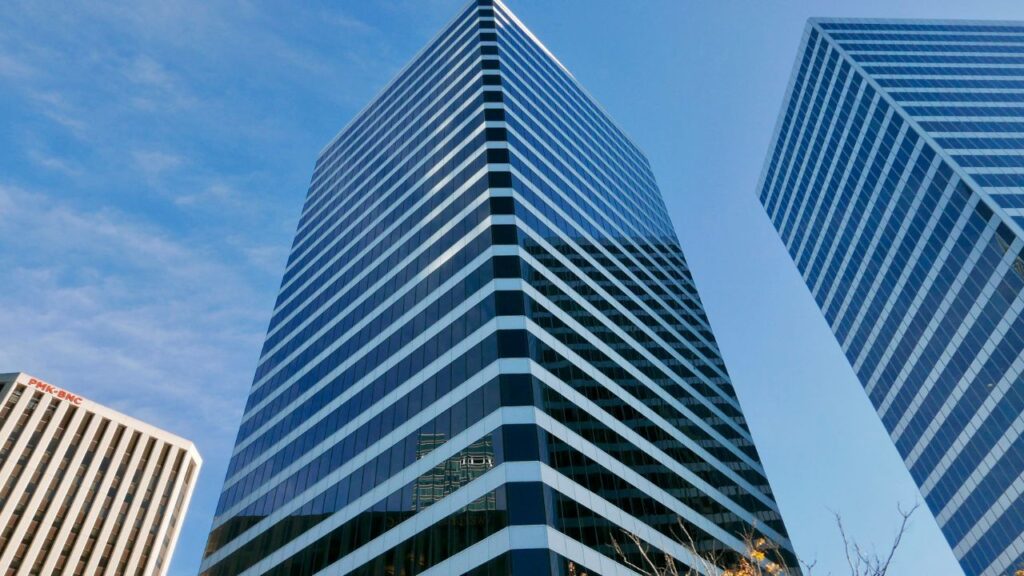
The selection of window type and material is a pivotal decision with far-reaching cost implications. The variety of options, such as fixed, sliding, or double-hung windows, coupled with materials like aluminum, vinyl, or wood, introduces a spectrum of price tags. Opting for high-quality, energy-efficient materials may involve a higher initial cost, but the potential for long-term savings through improved energy efficiency and durability is considerable. Careful consideration of these choices is crucial for balancing upfront expenses with the overall performance and sustainability of the windows.
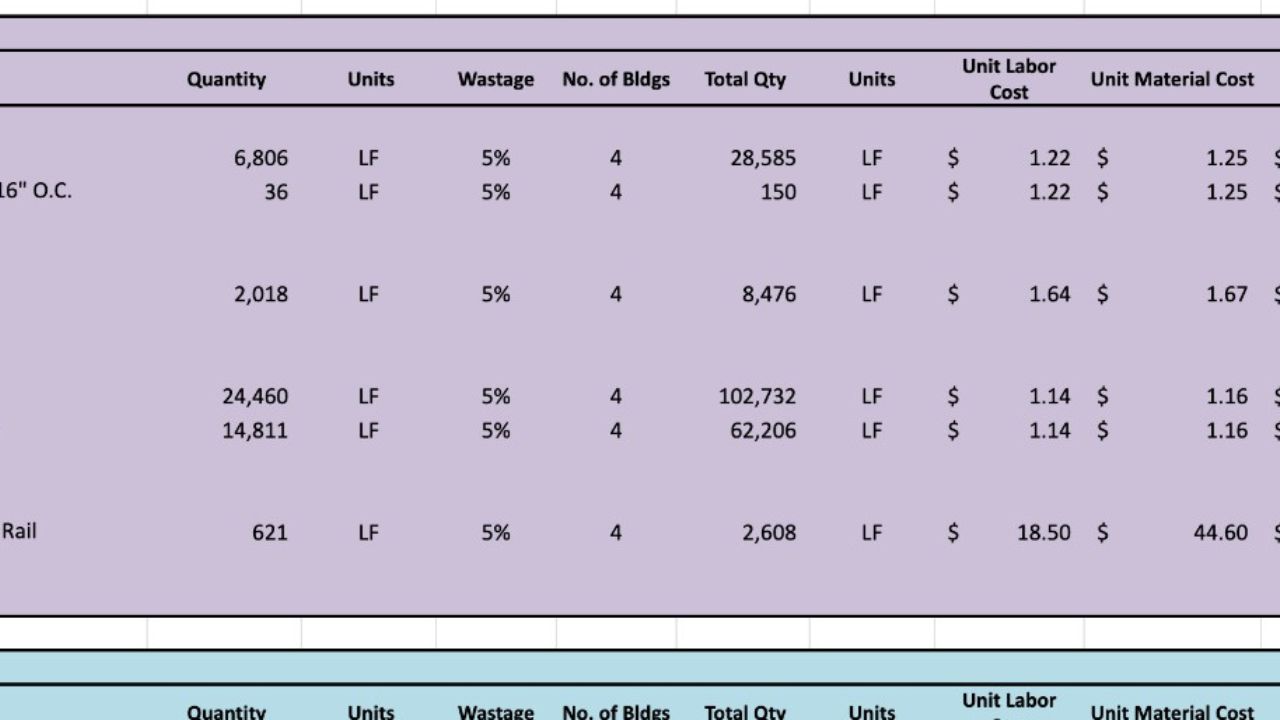
ZIP Code Based Estimate
Highly Accurate
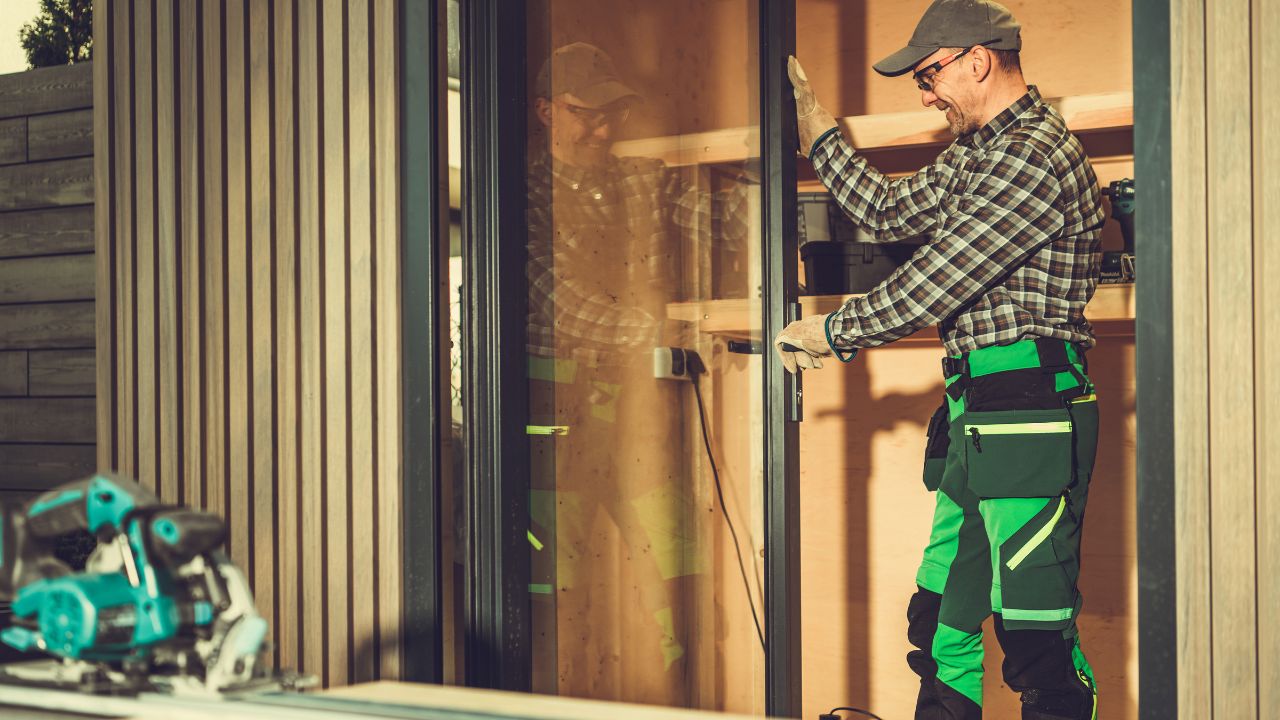
Fully Insured Licensed Hire a Contractor For Windows and Doors Installation
Hire Contractor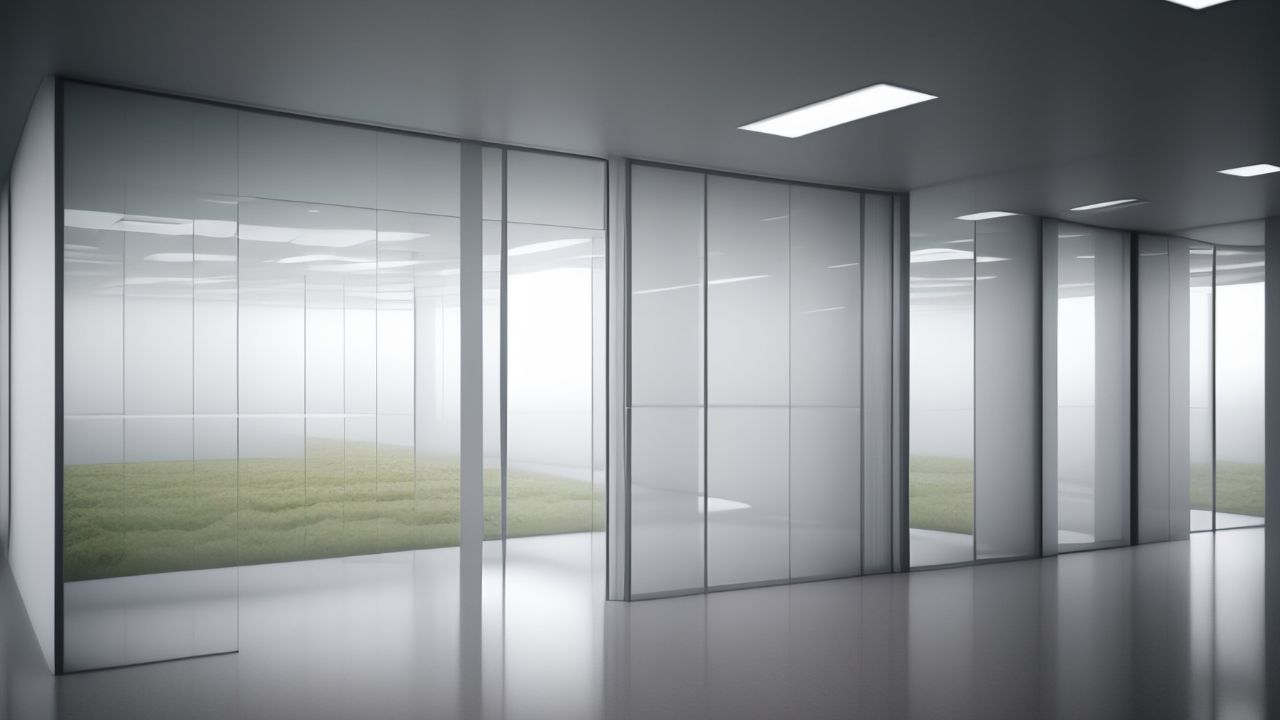
Make Informed Design Decisions Showcase Your Design Ideas
Get RenderingHigh-rise buildings, characterized by intricate designs and soaring heights, present unique challenges in the installation process. The complexity is influenced by factors such as the building’s height, architectural intricacies, and specific access requirements. As the installation complexity increases, specialized equipment and skilled labor become indispensable for ensuring both safety and efficiency. Addressing the challenges associated with elevated installations requires meticulous planning and execution, underscoring the importance of expertise in managing intricate high-rise projects.
The dimensions and quantity of windows play a pivotal role in determining the overall project expenses. Larger or custom-sized windows typically incur higher costs due to increased material requirements and more intricate manufacturing processes. The total number of windows needed further amplifies both material and labor expenses. Balancing the desired aesthetics and functional requirements with the budget becomes crucial during the planning phase to ensure that the project remains economically viable without compromising on design aspirations.
Incorporating energy-efficient features, such as Low-E coatings or insulated glass, aligns with modern construction standards but can impact costs. While these features may contribute to higher upfront expenses, they present an investment in long-term energy savings and environmental sustainability. The decision to comply with energy efficiency standards involves a strategic consideration of both immediate costs and the potential for substantial returns in energy conservation and operational efficiency over the building’s lifespan.
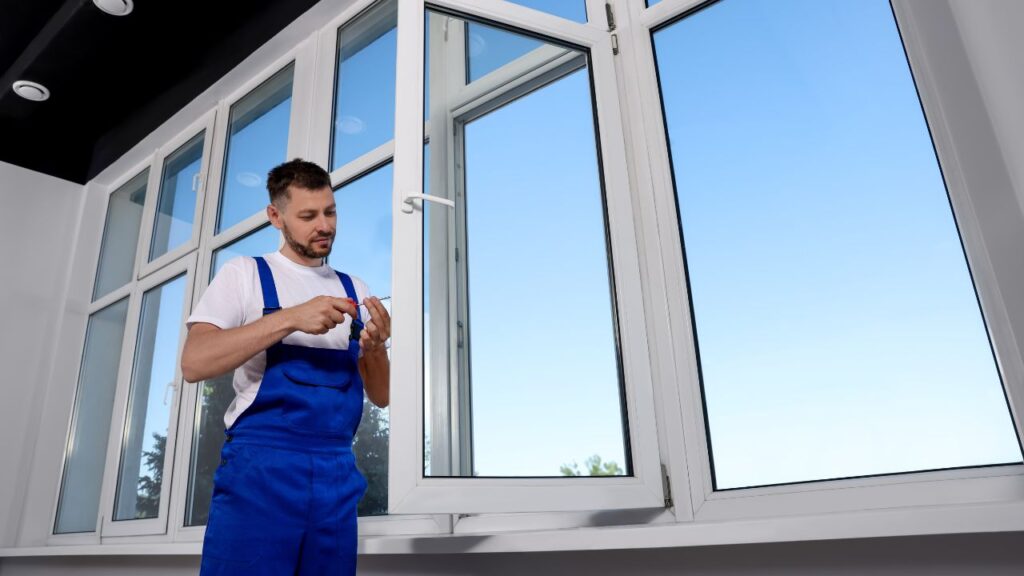
The geographical location of a construction site and the accessibility of the building are crucial factors reverberating through various aspects of window installation costs. Transportation logistics, influenced by distance, terrain, and infrastructure, directly impact material delivery costs. In high-rise projects, additional challenges emerge due to the complexities of working at considerable heights. Accessibility issues may necessitate specialized equipment and safety measures, contributing to the intricacies of logistics and impacting labor efficiency. A nuanced understanding of the construction site’s location is imperative for accurately estimating costs associated with window installation.
The installation of windows in high-rise buildings demands a skilled workforce capable of navigating the intricacies of working at elevated heights. Skilled labor is a cornerstone in ensuring the safe and precise installation of windows. Labor costs, which vary based on factors such as project location, installation complexity, and the need for specialized skills, constitute a substantial portion of overall window installation expenses. Investing in a skilled workforce not only ensures the quality and precision of the installation but also contributes significantly to the overall success and safety of the high-rise construction project.
Time constraints are a critical factor in high-rise construction projects, influencing both labor costs and the overall efficiency of the project. Tight deadlines may necessitate expedited work, potentially leading to increased labor expenses. The delicate balance between efficiency and maintaining high-quality standards becomes paramount in managing the project timeline effectively. A well-organized and realistic project schedule, aligned with the complexities of high-rise construction, is vital for achieving a harmonious balance between time considerations and cost-effectiveness in window installation. The efficiency of the installation process directly contributes to timely project completion and overall project success.

The initial step in high-rise window installation involves collaboration with architects and stakeholders to precisely define the scope of the project. Engaging in thorough discussions ensures a comprehensive understanding of the types of windows needed, any specific design requirements, and the materials that align with the overarching project goals. Clearly delineating the window installation scope minimizes misunderstandings and serves as the foundational blueprint for the entire construction team.
Choosing the right window type and material is a pivotal decision that requires careful consideration of various factors. Collaborating with architects and stakeholders, the selection process involves weighing design preferences against energy efficiency goals and budget constraints. Balancing durability and maintenance requirements is crucial in this phase, as the chosen materials will significantly impact the windows’ long-term performance and aesthetic appeal.
Thorough research into the prices of selected windows is paramount during the estimation of material costs. This involves considering variables such as size, material composition, and any additional features or specifications. Additionally, costs for seals, hardware, and other necessary components should be factored in. Transparent and well-informed decision-making in material cost estimation not only contributes to an accurate budget but also serves as the foundation for clear communication with stakeholders.
The complexity of window installation is intricately tied to the unique characteristics of high-rise buildings. In this phase, a detailed evaluation considers the overall building design, height, and access requirements. Understanding whether specialized equipment or techniques are necessary for safe and efficient installation at elevated heights is crucial. Addressing the challenges associated with complex installations requires meticulous planning and execution, emphasizing the importance of expertise in managing intricate high-rise projects.
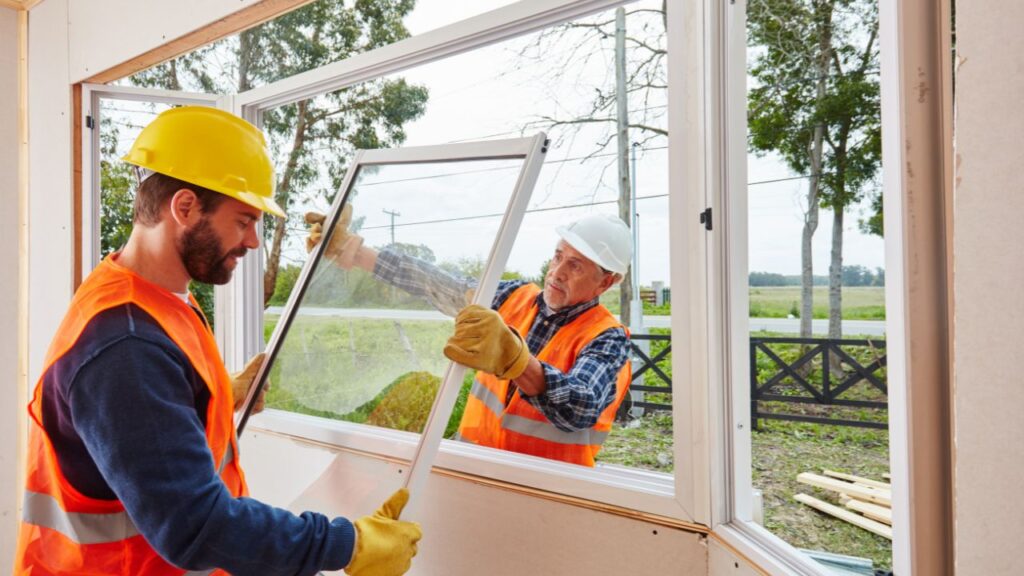
Skilled labor is a critical facet of high-rise window installation projects, where precision and safety are paramount. Obtaining labor quotes from experienced contractors is a crucial step in cost estimation. Factors such as the project’s location, the complexity of the installation, and the need for specialized skills contribute to varying labor costs. Ensuring that the chosen workforce can meet project deadlines and uphold quality standards is paramount. Collaborating with contractors, project managers, and skilled labor during this phase provides a realistic assessment of the workforce requirements for the window installation in a high-rise setting.
The geographical location of the construction site and the accessibility of the building are pivotal considerations that influence transportation costs for window materials. Additionally, the challenges associated with working at heights in high-rise construction present logistical complexities that may impact labor efficiency and costs. Factoring in these aspects during cost estimation ensures that the budget accurately reflects the geographic nuances of the construction site. This phase involves a comprehensive assessment of transportation logistics and the implementation of strategies to overcome accessibility challenges, contributing to a more accurate overall cost estimate.
Incorporating energy-efficient features into window installations is a forward-thinking consideration that aligns with modern construction standards. While these features may contribute to higher upfront expenses, they present an investment in long-term energy savings and environmental sustainability. This phase involves estimating the additional costs associated with meeting energy efficiency requirements and evaluating the potential benefits over the building’s lifespan. Striking a balance between immediate costs and long-term gains is crucial in decision-making.
The timeframe allocated for window installation in high-rise construction projects holds significant weight in cost estimation. Tight deadlines or scheduling constraints may necessitate additional labor resources for expedited work, potentially increasing overall expenses. Aligning the project schedule with the complexities of high-rise construction is crucial for effective cost management. This phase involves a meticulous examination of the project timeline, considering potential challenges and opportunities for optimization. A well-organized and realistic project schedule ensures that window installations align seamlessly with the overall construction timeline, promoting efficiency and timely project completion.
To enhance financial flexibility and resilience in the face of uncertainties, it’s prudent to allocate a contingency budget during the window installation cost estimation. Unforeseen challenges, design changes, or unexpected issues during the installation process can impact costs. This proactive approach to risk management minimizes the impact of unforeseen issues, such as structural complexities or changes in project specifications. The contingency fund, informed by accurate cost estimation, stands as a shield against uncertainties, ensuring that the financial health of the project remains robust in the face of dynamic construction landscapes.
After compiling all cost components, including material, labor, contingency, and additional considerations, the finalization phase ensures alignment with the project’s overall budget and goals. Clear communication with project stakeholders is crucial during this step, providing them with a comprehensive understanding of the cost breakdown and fostering confidence in the accuracy and transparency of the window installation cost estimate. The finalized cost estimate serves as the guiding financial document for the entirety of the high-rise construction project, ensuring that financial resources are allocated efficiently, risks are mitigated, and the project progresses successfully from inception to completion.
The following provides a broad cost range for windows in a high-rise building in the:
Keep in mind that these figures are for the windows themselves.
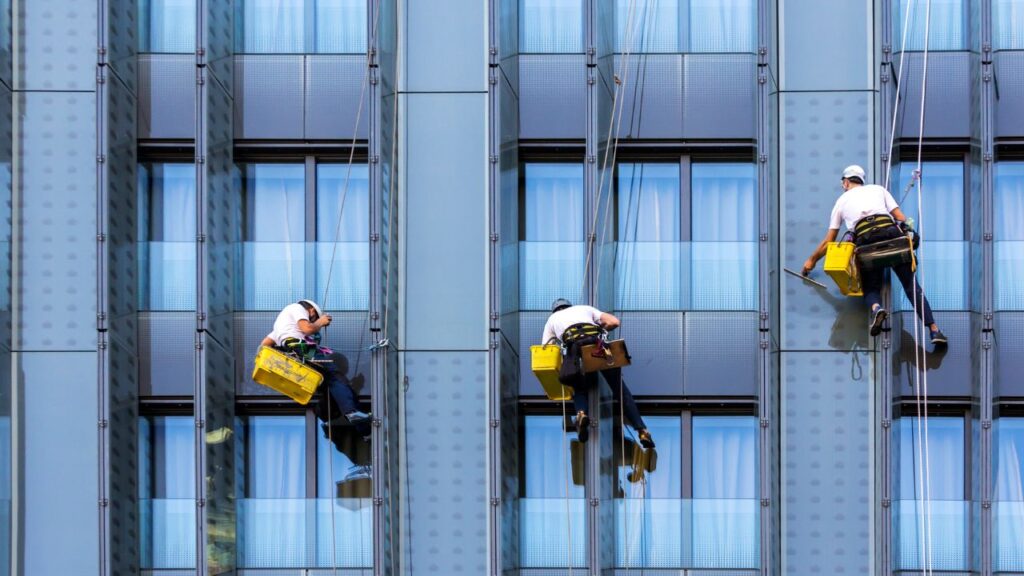
Additionally, expect to pay higher amounts for labor, permits, and other miscellaneous fees. Consequently, the total cost of a high-rise window installation project may now range from $12,000 to $120,000 or more.
Engaging in negotiations with suppliers and leveraging the power of bulk purchasing can significantly impact the overall cost-effectiveness of high-rise window installation projects. By negotiating favorable terms and ordering materials in larger quantities, construction teams can often secure discounted prices. This strategic approach not only fosters strong partnerships with suppliers but also contributes to substantial cost savings. Maximizing economies of scale allows for the acquisition of necessary window materials at more competitive rates, optimizing resource allocation and enhancing the financial efficiency of the project.
Efficient project management practices are crucial for optimizing labor efficiency and reducing installation time in high-rise window construction. The coordination among contractors, clear communication channels, and precise scheduling play pivotal roles in minimizing labor costs and potential delays. Efficient project management ensures that each phase of the window installation is well-coordinated, leading to smoother workflows and timely completion. By enhancing project management practices, construction teams can not only control costs but also deliver high-quality window installations within the defined timelines, contributing to overall project success.
Exploring the integration of advanced technologies, such as Building Information Modeling (BIM), can bring a transformative impact to the efficiency of window design and installation in high-rise projects. BIM allows for a comprehensive digital representation of the building, enabling precise planning and visualization of window components. This technology-driven approach streamlines processes, reduces the likelihood of errors, and enhances overall project efficiency. While the initial investment in technology integration may be notable, the long-term benefits in terms of cost savings, accuracy, and project optimization make it a strategic and forward-thinking consideration in high-rise window construction.

ZIP Code Based Estimate
Highly Accurate

Fully Insured Licensed Hire a Contractor For Windows and Doors Installation
Hire Contractor
Make Informed Design Decisions Showcase Your Design Ideas
Get RenderingAn environmentally conscious and cost-effective strategy involves considering the reuse of existing window frames, where feasible. Assessing the condition of current frames and ensuring they meet project requirements can lead to significant material cost reductions. This approach aligns with sustainable construction practices, minimizing waste and decreasing the overall expenditure on materials. By incorporating the reuse of existing window frames, construction projects demonstrate a commitment to responsible resource management while optimizing costs.
Engaging in collaborative design-value engineering (DVE) represents a creative and cooperative approach to optimizing window designs for cost efficiency without compromising structural integrity or aesthetic appeal. DVE involves a thorough evaluation of design elements, materials, and construction methods to identify opportunities for cost savings. By bringing together architects, engineers, and construction experts in a collaborative effort, high-rise window projects can benefit from innovative solutions that achieve the desired outcomes while remaining cost-effective. This approach ensures that every design choice adds value in terms of both functionality and financial efficiency, leading to a well-balanced and optimized construction project.
Accurate cost estimation is vital for successful high-rise window installations. Key factors include window type, material, and installation complexity. The step-by-step approach involves defining scope, selecting materials, estimating costs, and considering various factors like energy efficiency and location.
Cost-saving strategies, such as bulk purchasing, efficient project management, and technology integration, contribute to overall financial efficiency. Reusing existing frames and collaborative design-value engineering provide sustainable and cost-effective solutions. Balancing cost-effectiveness with quality is crucial for successful high-rise projects, requiring a holistic and innovative approach.
The cost is influenced by factors such as window type, material, installation complexity, size, energy efficiency requirements, location, accessibility, labor costs, and project timeline.
The choice of window type (fixed, sliding, double-hung) and material (aluminum, vinyl, wood) introduces varying price tags. Opting for high-quality, energy-efficient materials may have a higher upfront cost but can result in long-term savings.
Complex designs and elevated heights in high-rise buildings increase installation complexity. This may require specialized equipment and skilled labor, impacting overall costs.
Incorporating features like Low-E coatings or insulated glass for energy efficiency may increase upfront costs. However, these features contribute to long-term energy savings and environmental sustainability.
Bulk purchasing, negotiation with suppliers, efficient project management, technology integration (e.g., Building Information Modeling), and reusing existing window frames are cost-saving strategies.
Unforeseen challenges or changes during installation can impact costs. A contingency budget provides financial flexibility to address unexpected issues, ensuring the project remains on track and within budget.
Here I am going to share some steps to get your high-rise building window cost estimate report.
You can send us your plan on info@estimatorflorida.com
Before starting your project, we send you a quote for your service. That quote will have detailed information about your project. Here you will get information about the size, difficulty, complexity and bid date when determining pricing.
Our team will takeoff and estimate your project. When we deliver you’ll receive a PDF and an Excel file of your estimate. We can also offer construction lead generation services for the jobs you’d like to pursue further.

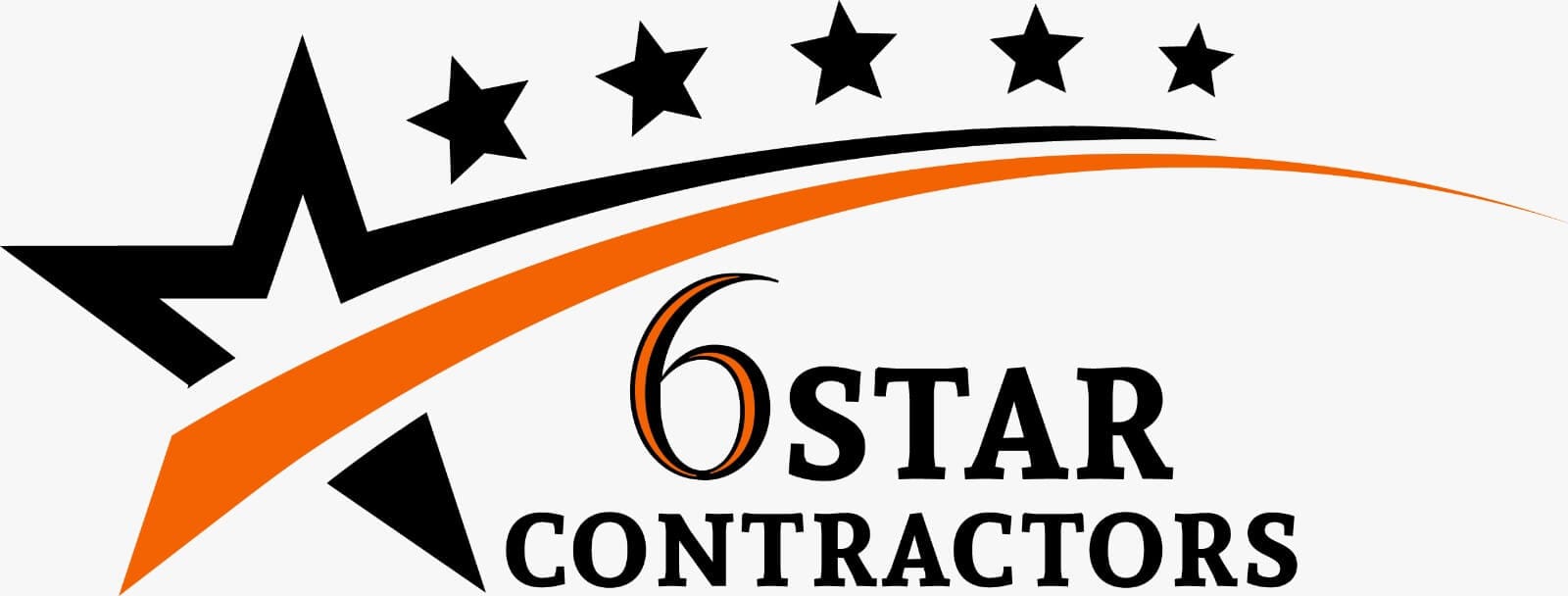

561-530-2845
info@estimatorflorida.com
Address
5245 Wiles Rd Apt 3-102 St. Pete Beach, FL 33073 United States
561-530-2845
info@estimatorflorida.com
Address
5245 Wiles Rd Apt 3-102 St. Pete Beach, FL 33073 United States
All copyright © Reserved | Designed By V Marketing Media | Disclaimer